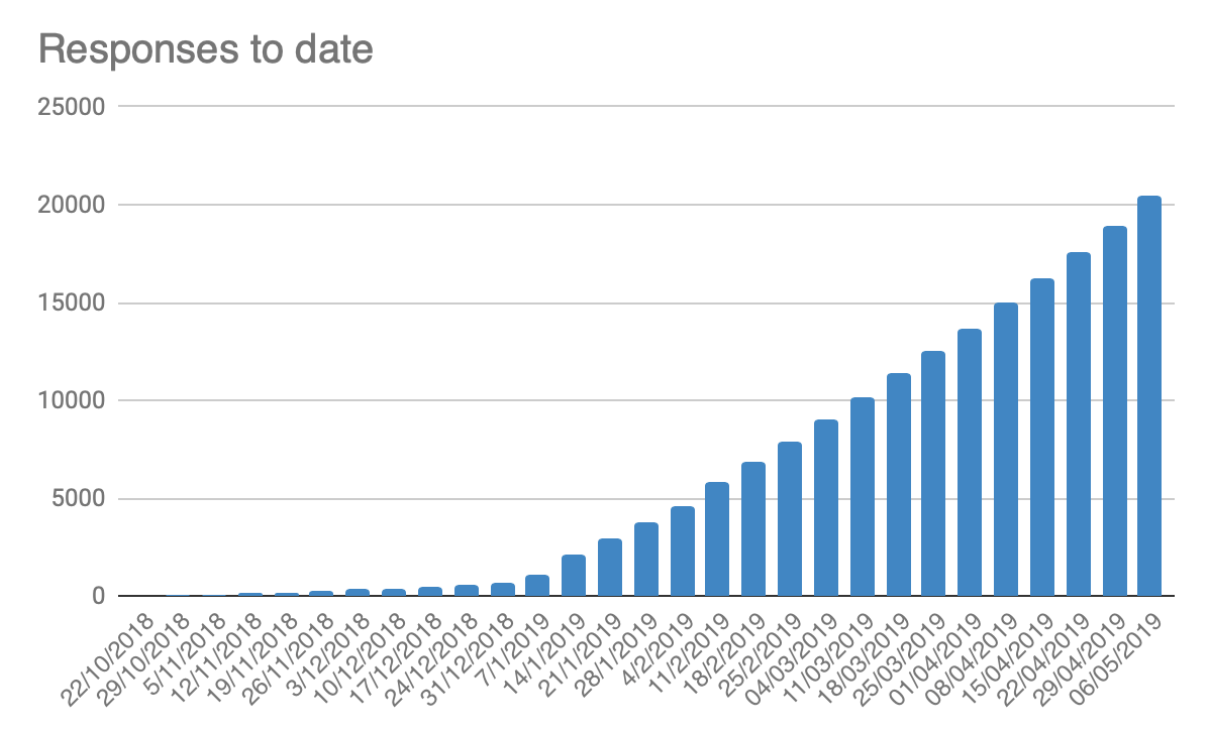April 15, 2019
Giving your users a voice Part 1: Building Empathy
As anybody working closely with the users; researchers, service and interaction designers, you get to know them pretty well. The struggle that everybody in this discipline is well aware of, is passing this knowledge on to the wider team. From developers through to delivery managers, unless they come to watch a usability test or interview they can feel quite detached. It’s important to build this empathy. These are the people that will be building the digital service or making the decisions as to what they build.
Working on a service that goes onto GOV.UK has a number of advantages. There’s the incredible cross-government network, which includes Slack and multiple mailing lists. As well as the great GOV.UK design system with frontend and prototype kit. Something that’s been there from the start of the digital transformation though, is the “Done” page. All GOV.UK services should have a “Start” page and a “Done” page, where your users would generally start and finish their journey on your digital service.

The “Done” page is linked off from your final confirmation page. It consists of two questions "Overall, how did you feel about the service you received today?” and "How could we improve this service?”. From the first question, you can calculate your “Satisfaction score”, which is important to monitor how well your service is performing. The second question is more difficult to quantify, it’s a free text box with a 1200 character limit.
The problem
Free text is notoriously tricky to analyse. People can literally type anything in that box (and they will!). At the moment, the way to access this data is through the GOV.UK “Feedback explorer”. Somebody with access to this can export the data into a CSV file. At the start of our project, when we were in “private beta” we were able to manually scan the data in here. As the user base was quite small, this was relatively pain-free to do.
Our process was to go through each submission and assign it to a theme. We’d then quantify how many people were submitting feedback with a particular theme and then play this back to the team. We’d do a playback with a “leaderboard” of responses along with quotes for the team to read. As the weeks passed, we started opening the service up to more users. In December we opened it up to all local authorities and we quickly realised that we’d need a new approach. We’re now averaging 1,500 responses a week. To date (10 May 2019) there’s been over 20,000 responses.

On the Blue Badge service, we use online collaboration tools for everything. Our colleagues at DfT are based in Swansea. Our delivery team is based in Manchester and we have consultants that travel up from London and Birmingham. Not to mention the 206 local authorities, which are by definition, spread across the UK. Across the project, we use Zoom.us, JIRA, Confluence and Slack. For our bi-weekly show & tells we broadcast our Google Slides presentations using YouTube Live. So it made sense to bring our feedback exports into Google Sheets. This way we could have a central place to view feedback and calculate our satisfaction score.



